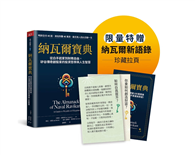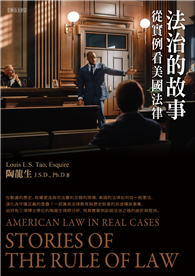Since its publication in 1554, Lazarillo de Tormes has continued to fascinate and confuse its readers: is it an autobiography or the product of a creative mind, thus, a work of fiction? Is the author really anonymous? Was a new genre created with Lazarillo, or is it a mere precursor? This novella is read, studied, and taught as a canonic work of the picaresque although some scholars ascertain that the genre was born five years later with Mateo Alem n's Guzm n de Alfarache. By using a postmodern looking glass it may become possible to calibrate much of what has been said about Lazarillo de Tormes. The awareness of the historical moment can make the reader come to the realization that Lazarillo speaks openly about an unfortunate if not despicable reality fraught with famine and abandonment in a society ruled by prejudice and persecution in the name of God, the Monarch, and the Church. Four editions were published in 1554 (Alcal , Amberes, Burgos y Medina del Campo), yet the Spanish Inquisition prohibited the book in 1559; it was not until the 1800s that it was brought back to light, even though it was translated and reprinted continuously throughout Europe. For over four and a half centuries, Lazarillo has provoked polemics having to do with realities that are not removed from our present-day world. This new edition seeks to present the so-called picard as of the young lad that sets forth the title of this timeless text while discovering the connection that it continues to have with the outcasts, in particular the abandoned and abused children of all times. This edition by prof. Asima F. X. Saad Maura includes a clear foreword, an exhaustive set of notes and a detailed chronology that allows the modern reader understand in depth the text and fully enjoy reading this cornerstone of the hispanic literature.
| FindBook |
有 1 項符合
La Vida de Lazarillo de Tormes的圖書 |
 |
La Vida de Lazarillo de Tormes 作者:Maura 出版社:Stockcero 出版日期:2007-09-01 語言:西班牙文 規格:平裝 / 140頁 / 22.9 x 15.2 x 0.8 cm / 普通級 |
| 圖書館借閱 |
| 國家圖書館 | 全國圖書書目資訊網 | 國立公共資訊圖書館 | 電子書服務平台 | MetaCat 跨館整合查詢 |
| 臺北市立圖書館 | 新北市立圖書館 | 基隆市公共圖書館 | 桃園市立圖書館 | 新竹縣公共圖書館 |
| 苗栗縣立圖書館 | 臺中市立圖書館 | 彰化縣公共圖書館 | 南投縣文化局 | 雲林縣公共圖書館 |
| 嘉義縣圖書館 | 臺南市立圖書館 | 高雄市立圖書館 | 屏東縣公共圖書館 | 宜蘭縣公共圖書館 |
| 花蓮縣文化局 | 臺東縣文化處 |
|
|
圖書介紹 - 資料來源:博客來 評分:
圖書名稱:La Vida de Lazarillo de Tormes
|







![塔木德:猶太人的致富聖經[修訂版]:1000多年來帶領猶太人快速累積財富的神祕經典 塔木德:猶太人的致富聖經[修訂版]:1000多年來帶領猶太人快速累積財富的神祕經典](https://media.taaze.tw/showLargeImage.html?sc=11100697818)


